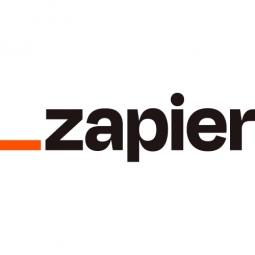- Functional Applications - Inventory Management Systems
- Buildings
- Equipment & Machinery
- Warehouse & Inventory Management
- Inventory Management
- Picking, Sorting & Positioning
The customer in this case study is Stanford University's Computer Resource Consulting (CRC) team. The CRC team is part of the University IT department and provides support to a wide range of users including students, faculty, administrative units, labs, and other IT groups. The team is a cost recovery service, designed to ease the financial costs of running a school or department within the university. Despite being a lean team, they are expected to deliver high-quality services while managing their resources efficiently. They are tech-savvy and open to exploring new tools and technologies to improve their workflows and increase their efficiency.
Stanford University's Computer Resource Consulting (CRC) team, a cost recovery service, was tasked with supporting a wide range of users including students, faculty, administrative units, labs, and other IT groups. Despite being a lean team, they were expected to deliver high-quality services while managing their resources efficiently. The team was using the app automation tool, Zapier, to track the number of appointments made. However, they realized the potential of Zapier's 'Zaps', workflows that connect different apps, to further streamline their operations. The challenge was to encourage the team to explore and learn Zapier and create their own Zaps to improve their workflows.
To encourage the team to explore and learn Zapier, CRC Director Brad Immanuel initiated a ZapAttack, a team-wide competition where each member could submit a Zap of their own creation. The team would then vote on the best Zap in its category. This initiative led to the creation of several innovative Zaps. One of the winning Zaps was created by Philip Bailey, who developed a workflow to instantly notify team members via text message when a new appointment was scheduled. This Zap also updated a Google Sheets spreadsheet that tracked appointments. Another significant Zap was created by IT Specialist Stephanie Ricardez, who built a workflow to automatically notify the team of inventory levels. This Zap used Zapier's own Schedule app to regularly check inventory levels in Google Sheets and send a message in Slack.

Case Study missing?
Start adding your own!
Register with your work email and create a new case study profile for your business.
Related Case Studies.









